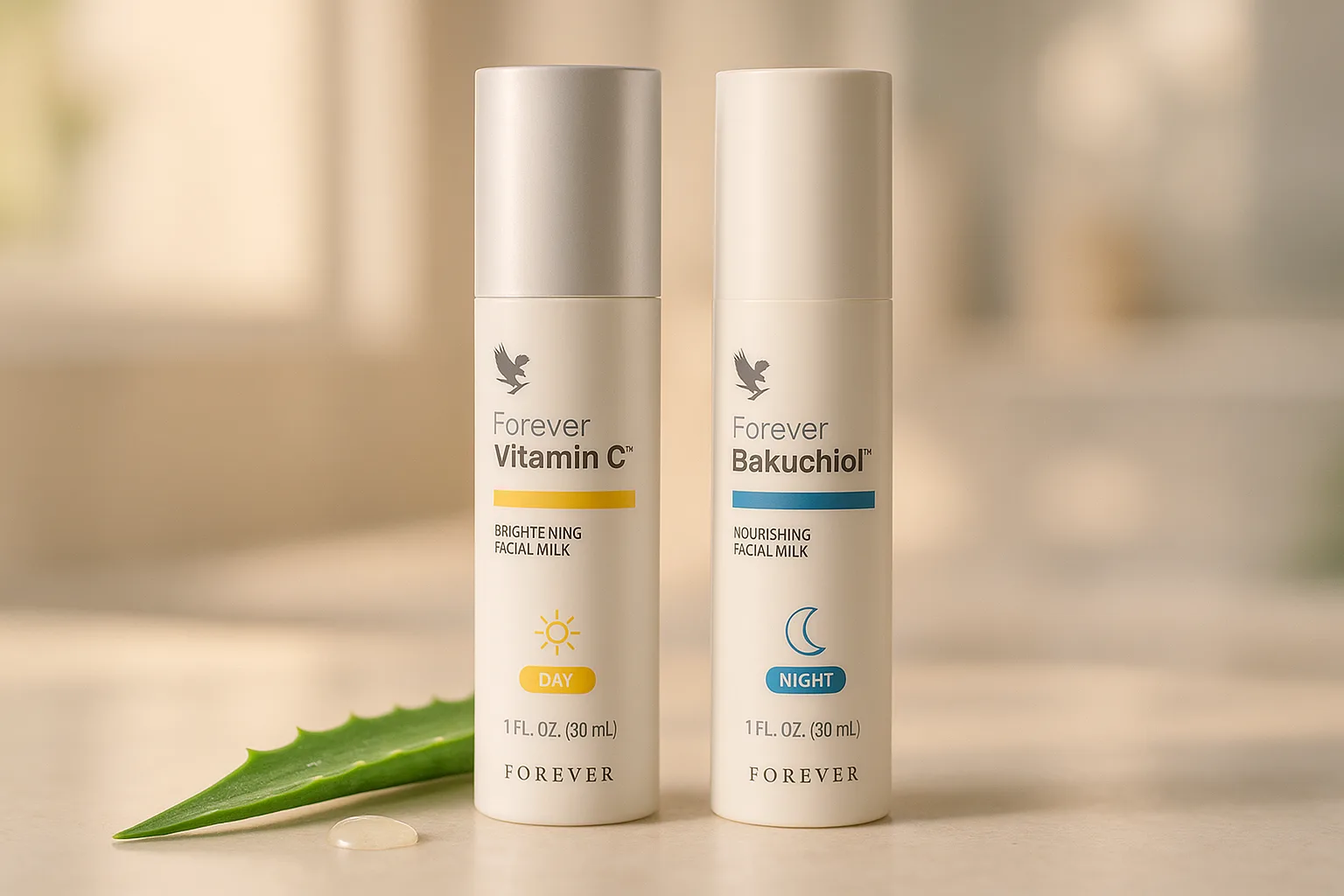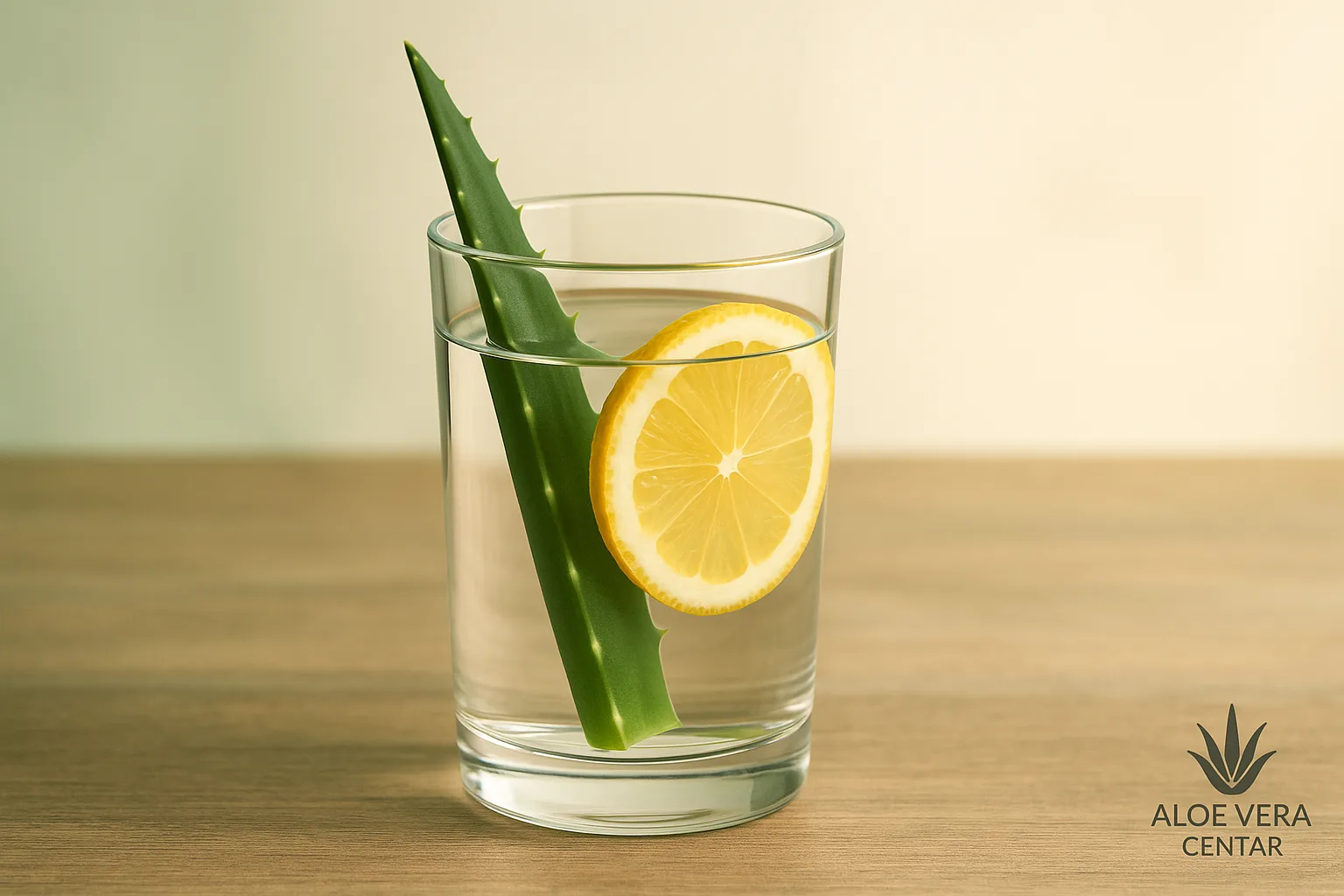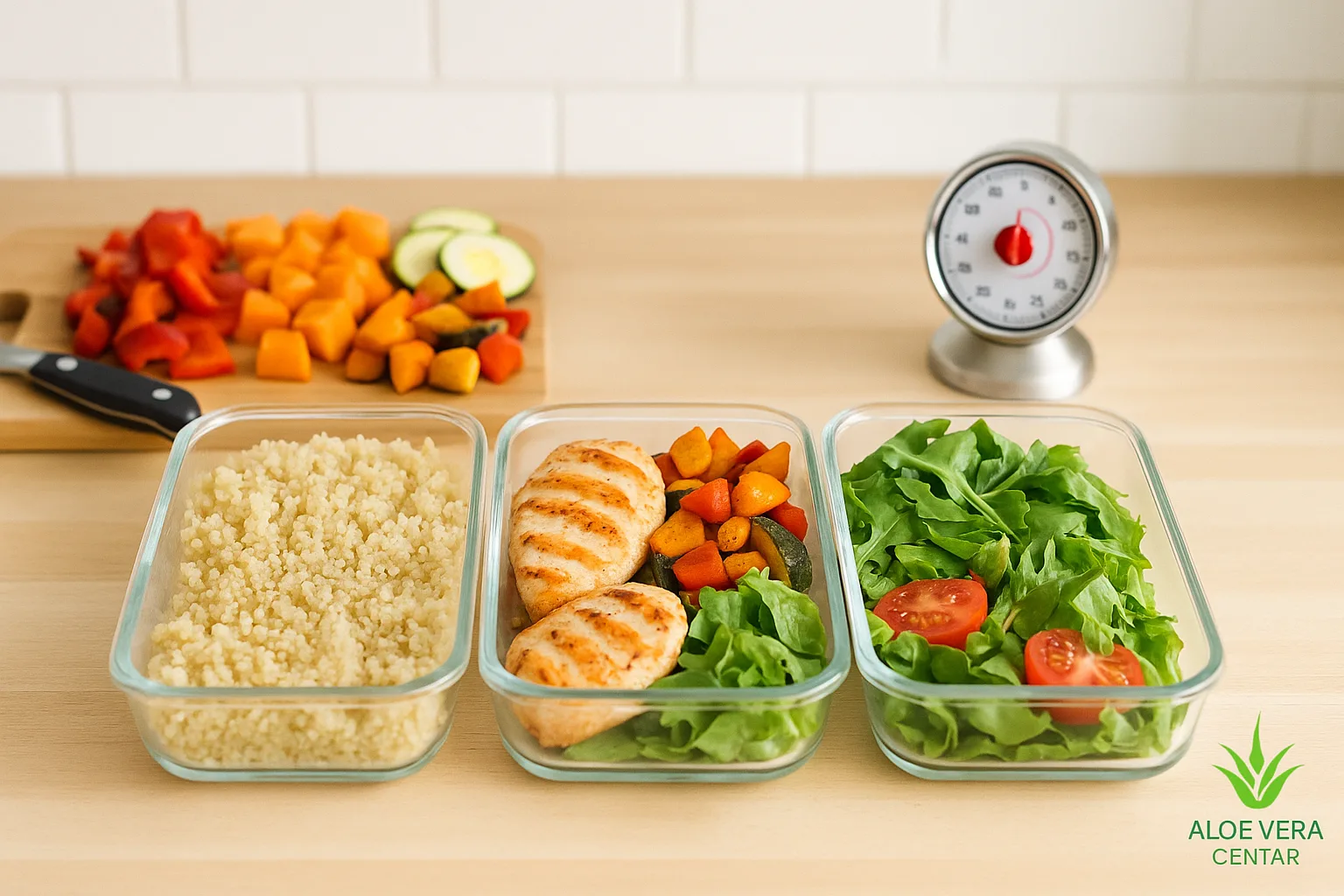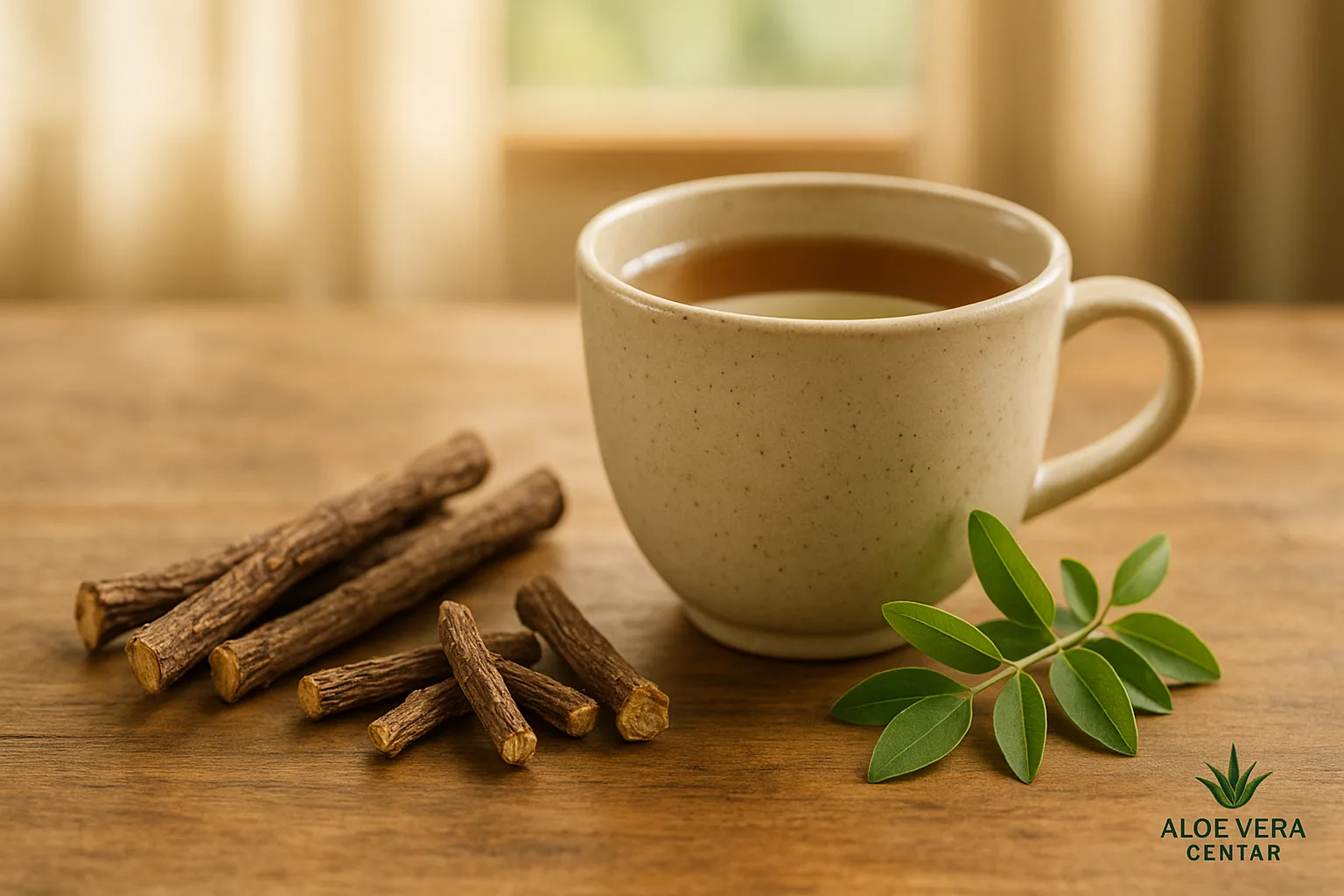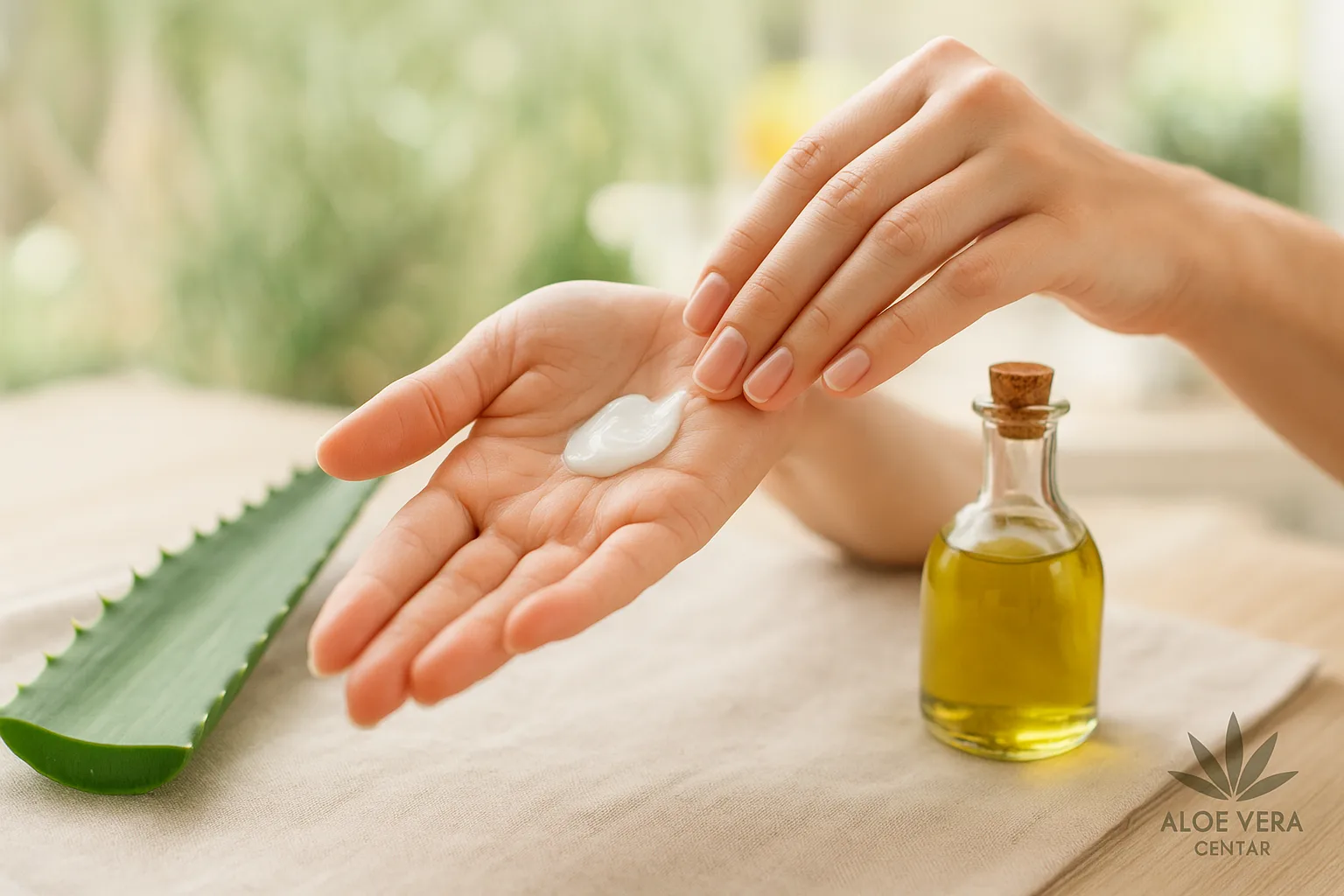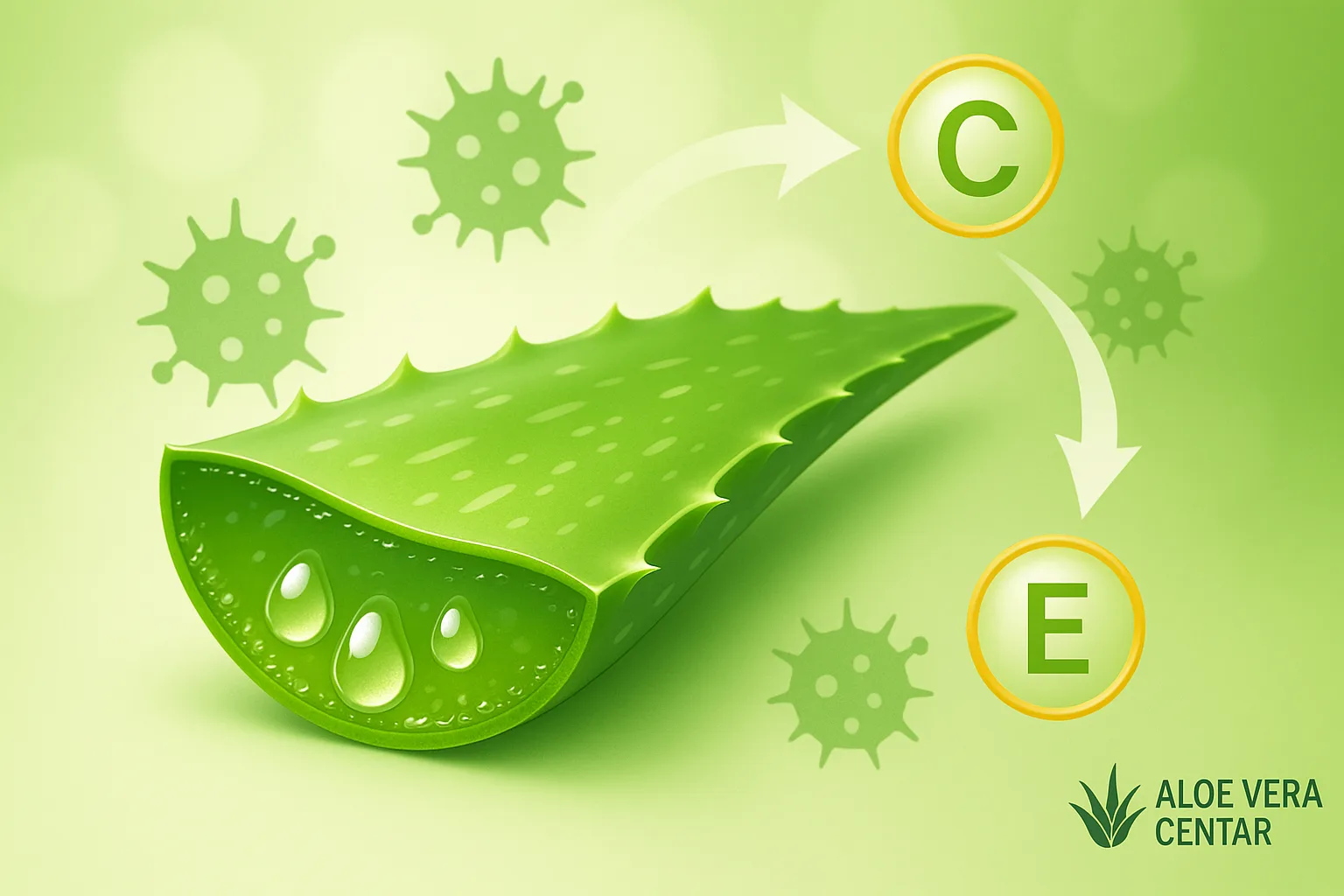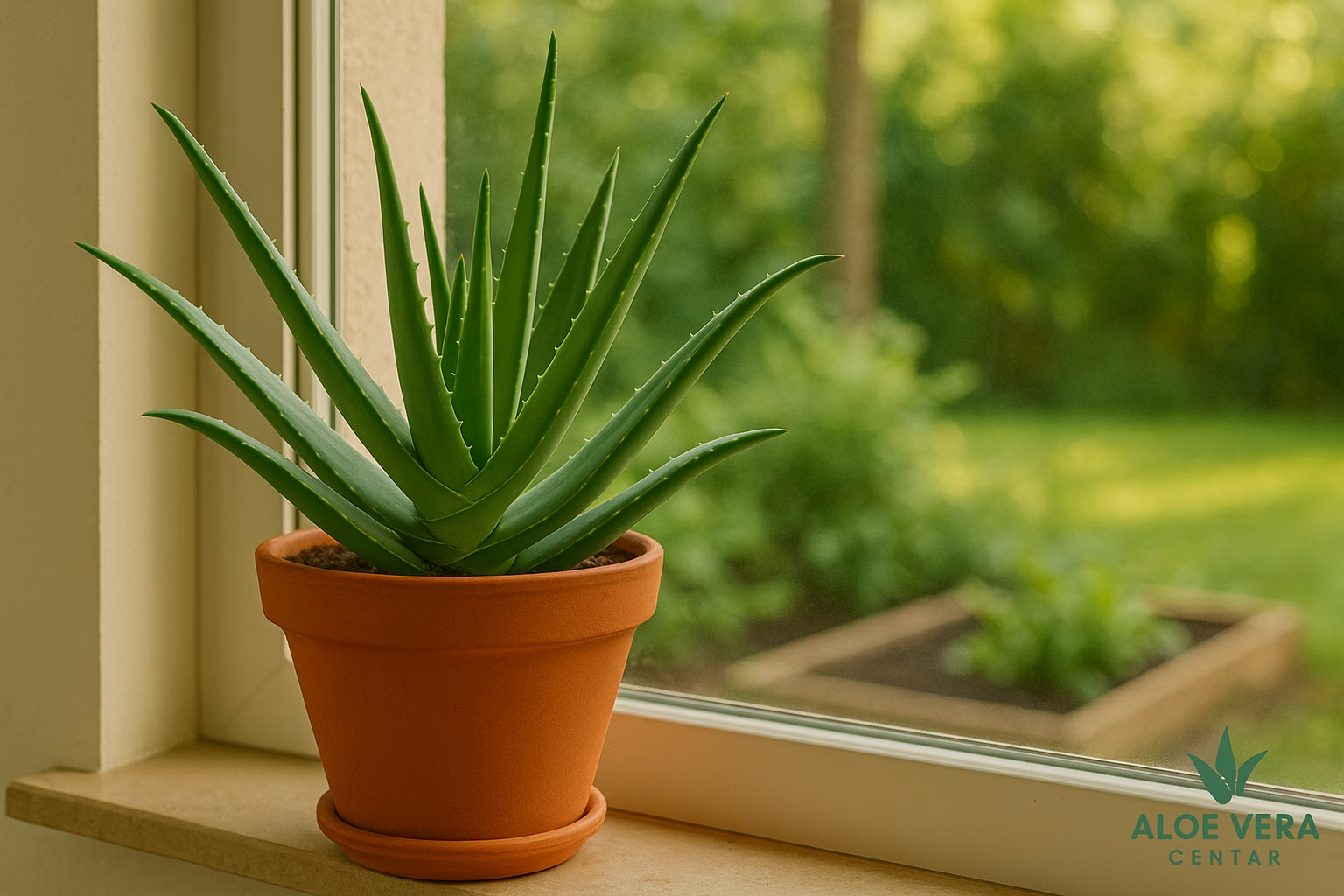
Growing Aloe Vera at Home or in the Garden – Key Conditions for Success
Growing Aloe Vera: at Home or in the Garden – Best Conditions for Success
Growing aloe vera attracts more and more plant enthusiasts because it offers dual benefits: decorative beauty and practical healing properties. But you might wonder why some people’s aloe thrives on their kitchen windowsill while others’ withers as soon as it’s placed on the terrace? Below, you’ll discover the key conditions – lighting, soil, watering, and temperature – that make the difference between a permanently green, succulent plant and a sad, dry rosette. Stay with me as we go through all steps, from planting a young shoot to harvesting juicy leaves ready for natural first aid.
Why is it Worth Having your Own Aloe Vera?
In your home or garden, aloe vera becomes a small home pharmacy – its gel contains over 75 nutrients, including enzymes, vitamins, and amino acids according to clinical analysis from 2024. Besides helping with burns and irritations, it’s proven to accelerate skin healing. So, plant it once and you’ll have a constant supply of natural “first aid.”
Indoor Growing: Create a Tropical Corner on your Windowsill
1. Lighting
Aloe needs plenty of light, but direct midday sun through glass can burn the leaves. The golden rule is 6-8 hours of strong but filtered light. If your apartment doesn’t have a south-facing window, consider a LED grow light.
2. Soil and Container
Aloe roots rot in overly moist substrate. Use cactus mix enriched with perlite in a 2:1 ratio to increase drainage. The pot must have two or three drainage holes; without them, rotting is guaranteed.
3. Watering
You might wonder: How much water is just enough? Here’s the deal: water only when the top 4-5 cm of soil is completely dry. In summer, this means every 12-14 days, and in winter, up to a month between waterings.
4. Temperature and Humidity
Aloe loves warmth (18-26°C) and hates sudden changes. Avoid cold drafts and radiators – dry air literally sucks moisture from the leaves.
Garden Growing: Let Aloe Soak up the Sun under Open Sky
1. Climate and Micro-location
If you live in regions where winter temperatures drop below 5°C, aloe will need a “winter carriage” – relocation indoors. In coastal and mild regions, you can leave it outside year-round, but ensure morning sun and afternoon shade.
2. Garden Bed Soil
Add sand or fine gravel to keep the soil well-drained. Compacted clay soil? Don’t worry, add a layer of compost and perlite (3 cm) to improve structure.
3. Rain and Irrigation
Water garden aloe only when drought lasts longer than two weeks. Natural rain is often quite sufficient.
Common Mistakes (and how to Avoid Them!)
- Overwatering – it needs less water than you think.
- Insufficient light – results in long, pale leaves.
- Non-metal, non-porous pots – ceramic with holes is best.
- Fertilizing during winter dormancy – the plant is “sleeping” and doesn’t need extra food.
Natural Care and Fertilization
Feed monthly with diluted compost tea or water in which you’ve soaked eggshells for 24 hours – calcium is essential for firm leaf epidermis. Find more tricks in the article Aloe Vera – Queen of the Plant World.
Connection with Immunity and Autoimmune Diseases
Interestingly, autoimmune diseases often worsen with stress and poor nutrition. Using fresh aloe gel in smoothies can provide gentle support for gut microbiota, which indirectly strengthens immunity. If you have low TSH or notice Hashimoto symptoms, consult a specialist before any supplements.
People with chronic psoriasis lesions often report relief when applying fresh gel locally. For associated joint pain, a moderate anti-inflammatory diet is also recommended, including a low-carb plan like the Keto Diet.
If you suspect celiac disease, pay attention to potential cross-contamination in soil (gluten residues in compost) – sounds unusual, but skin can react!
When and how to Repot or Propagate Aloe Vera?
1. Repotting
Repot aloe every two years or when roots completely fill the container. Choose a pot 2-3 cm larger in diameter than the previous one. Bucket Brigade: “But that’s not all…” before adding fresh substrate, sprinkle a thin layer of gravel at the bottom.
2. Separating Pups (Offshoots)
Separate pups (called pups) with a sterile knife when they reach one-third of the mother plant’s size. Let the wound dry for 48 hours before planting them in their own mix.
What after Harvesting a Leaf?
Cut off the lowest, thickest leaf and let the sap drain for 10 minutes. Then peel the thin green skin and use the clear gel directly on skin or in drinks. When you don’t have your own plant handy, a practical alternative is Forever Aloe Vera Gel, a standardized drink with 99.7% pure gel.
Want personalized advice about plant care and your health? Use our AI advisor. And if you’re ready to stock up on verified aloe products, get 15% off your first order – offer ends soon!
Frequently Asked Questions
How Fast Does Aloe Vera Grow Indoors?
On average 5-8 cm per year. Speed depends on light and substrate nutrition.
Can Aloe Vera Survive Winter Outdoors in Continental Climate?
No. Temperatures below 5°C will damage leaf cells. Move it to a heated space in winter.
Should I Fertilize Aloe Vera?
Yes, but moderately. Diluted organic compost tea once a month during the growing season is quite sufficient.
How Often Can I Cut Leaves?
Wait until the plant develops at least 10 leaves. Harvest the oldest leaf every 4-6 weeks to allow regeneration.
Conclusion
Whether you’re growing aloe vera on a sunny windowsill or in a Mediterranean garden, the key is good drainage, proper watering, and adequate light. Follow the advice in this guide to ensure lush growth and fresh gel supplies throughout the year. For additional personalized instructions, feel free to use our AI assistant or take advantage of 15% off verified products. Happy planting – your future “green pharmacy” is waiting to sprout!
Want more practical tricks for home growing? Check out our guide Aloe Vera in the Apartment and discover how to create ideal conditions on your windowsill. If you’re interested in the broader picture of emotional connection with plants and traits we nurture, read the text Personality or Character. Planning pregnancy or already going through a special period in life? Get familiar with our article Pregnancy After 40 . And for the youngest family members, consider support in the form of Forever Kids multivitamins – a fun way to ensure daily doses of vitamins and minerals.
Note: This article is for informational purposes and does not replace professional medical or horticultural advice. For specific problems, consult a certified specialist.

